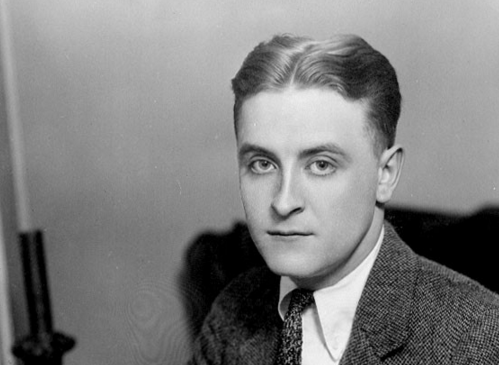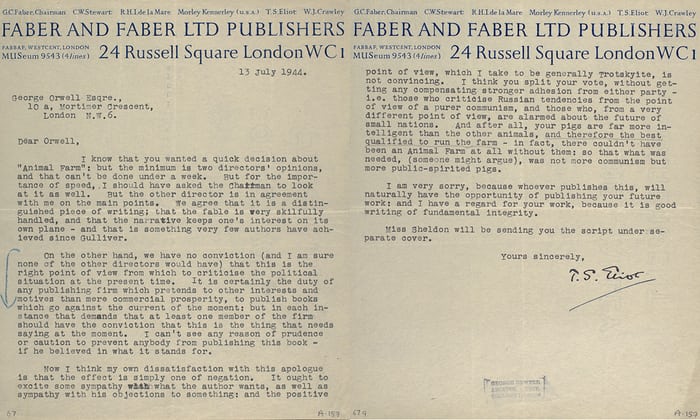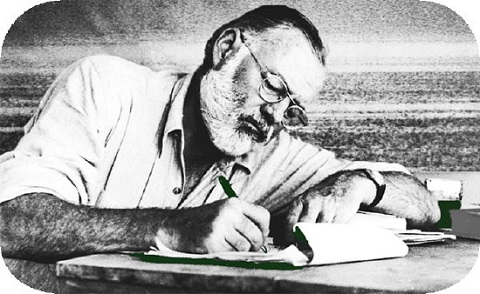After the Rolling Stones’ partly misguided, partly inspired attempt at psychedelia, Their Satanic Majesties Request, the band found its footing again in the familiar territory of the Delta Blues. But with the 1968 recording of Beggar’s Banquet, they also retained some of the previous album’s experimentation, taken in a more sinister direction on the infamous “Sympathy for the Devil.” In the studio, with the band during those recording sessions, was none other than radical French New Wave director Jean-Luc Godard, who brought his own experimental sensibilities to a project he would call One Plus One, a document of the Stones’ late sixties incarnation—including an increasingly reclusive Brian Jones. Godard punctuates the fascinating studio scenes of the Stones with what Andrew Hussey of The Guardian calls “a series of set pieces—an incoherent stew of Situationism and other Sixties stuff”:
Black Panthers in a disused car park execute white virgins; a bookseller reads aloud from Mein Kampf to Maoist hippies; in the final scene the bloodied corpse of a female urban guerrilla is raised to the Stones’ soundtrack as Godard himself darts about like a demented Jacques Tati waving Red and Black flags. You just don’t find this sort of thing at the local multiplex anymore.
For all of its heavy use of leftist Sixties iconography, its anarchic attempt to fuse “art, power and revolution,” and its fascinating portraiture of rock and roll genius at work, the film crash landed in France, earning the contempt of arch Situationist theorist Guy Debord, who called it “the work of cretins.”
Critics and audiences apparently expected more from Godard in the wake of the abortive May ‘68 student uprising in Paris, and the general neglect of the film meant that Godard missed his chance to, as he put it, “subvert, ruin and destroy all civilised values.”
The film’s producer, Iain Quarrier, also found it disappointing. Without the director’s permission, Quarrier decided to retitle One Plus One with the more commercially-minded Sympathy for the Devil and tack a completed version of that song to the last reel, a move that provoked Godard to punch Quarrier in the face. But not everyone found Godard’s effort off-putting. In a 1970 review, the New York Times’ Roger Greenspun called it “heavily didactic, even instructional…. [T]he prospective text of some ultimate, infinitely complex collectivism.” Greenspun also decried Quarrier’s unauthorized interventions.
In his retrospective take, Andrew Hussey admits that Godard’s political posturing is “bollocks,” but then concludes that One Plus One is “great stuff: a snapshot of a far-off, lost world where rock music is still a redemptive and revolutionary force.” And it’s both—ridiculous and sublime, a powerful crystallization of a moment in time when all the Western world seemed poised to crack open and release something strange and new. Watch the trailer and scenes from Godard’s film above. You can also pick up a copy of the 2018 restoration of the film here.
Related Content:
Jefferson Airplane Wakes Up New York; Jean-Luc Godard Captures It (1968)
Meetin’ WA: Jean-Luc Godard Meets Woody Allen in 26 Minute Film
Jean-Luc Godard’s After-Shave Commercial for Schick
Josh Jones is a writer and musician based in Durham, NC. Follow him at @jdmagness






